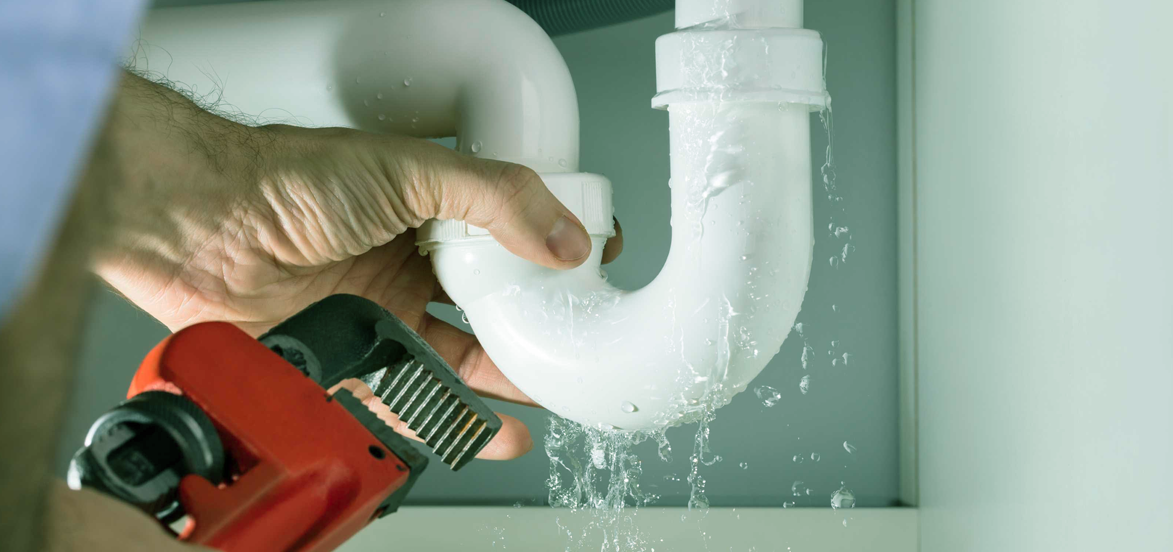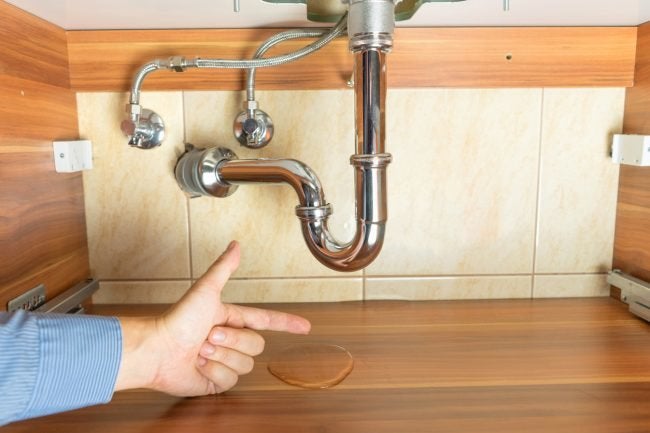Each person has their own individual views with regards to Top leak detection hacks.

Early detection of dripping water lines can reduce a potential calamity. Aside from conserving you money, it will certainly lessen the stress and irritation. The moment you locate a leak, calling your plumber for fixings is the best option. Some tiny water leaks might not be visible. If you can not find it with your nude eyes, here are some hacks that assist.
1. Examine the Water Meter
Every home has a water meter. Examining it is a surefire way that assists you find leakages. For beginners, switch off all the water sources. Make sure no one will purge, make use of the faucet, shower, run the washing device or dishwasher. From there, most likely to the meter and also watch if it will transform. Because nobody is using it, there need to be no motions. That shows a fast-moving leakage if it relocates. Furthermore, if you detect no changes, wait an hour or more as well as inspect back once again. This indicates you may have a sluggish leak that could also be below ground.
2. Examine Water Intake
If you find sudden changes, despite your intake being the very same, it indicates that you have leaks in your plumbing system. An abrupt spike in your costs suggests a fast-moving leak.
Meanwhile, a steady rise each month, despite the same behaviors, shows you have a slow leakage that's likewise slowly escalating. Call a plumber to thoroughly examine your building, particularly if you feel a cozy area on your flooring with piping underneath.
3. Do a Food Coloring Examination
When it comes to water intake, 30% comes from toilets. If the color in some way infiltrates your dish throughout that time without flushing, there's a leakage between the tank as well as dish.
4. Asses Outside Lines
Don't neglect to check your outside water lines as well. Examination spigots by attaching a yard hose pipe. Must water permeate out of the connection, you have a loose rubber gasket. Replace this as well as ensure all connections are limited. If you've got an automatic sprinkler, it will help get it skillfully examined and preserved every year. One tiny leak can squander tons of water and surge your water expense.
5. Inspect and Analyze the Situation
Home owners need to make it a habit to check under the sink counters and also also inside cupboards for any type of bad odor or mold growth. These 2 warnings suggest a leakage so timely interest is required. Doing regular examinations, also bi-annually, can save you from a major problem.
Examine for stainings and also deteriorating as many home appliances and also pipelines have a life expectations. If you suspect leaking water lines in your plumbing system, do not wait for it to escalate.
Early discovery of leaking water lines can minimize a potential calamity. Some tiny water leaks might not be visible. Inspecting it is a surefire way that helps you discover leakages. One small leak can waste lots of water as well as increase your water bill.
If you presume dripping water lines in your plumbing system, don't wait for it to intensify.
WARNING SIGNS OF WATER LEAKAGE BEHIND THE WALL
PERSISTENT MUSTY ODORS
As water slowly drips from a leaky pipe inside the wall, flooring and sheetrock stay damp and develop an odor similar to wet cardboard. It generates a musty smell that can help you find hidden leaks.
MOLD IN UNUSUAL AREAS
Mold usually grows in wet areas like kitchens, baths and laundry rooms. If you spot the stuff on walls or baseboards in other rooms of the house, it’s a good indicator of undetected water leaks.
STAINS THAT GROW
When mold thrives around a leaky pipe, it sometimes takes hold on the inside surface of the affected wall. A growing stain on otherwise clean sheetrock is often your sign of a hidden plumbing problem.
PEELING OR BUBBLING WALLPAPER / PAINT
This clue is easy to miss in rooms that don’t get much use. When you see wallpaper separating along seams or paint bubbling or flaking off the wall, blame sheetrock that stays wet because of an undetected leak.
BUCKLED CEILINGS AND STAINED FLOORS
If ceilings or floors in bathrooms, kitchens or laundry areas develop structural problems, don’t rule out constant damp inside the walls. Wet sheetrock can affect adjacent framing, flooring and ceilings.
https://www.servicemasterbyzaba.com/blog/how-to-detect-water-leakage-in-walls/

Do you really like reading about Finding hidden leaks? Write a remark down below. We will be interested to see your opinion about this content. Hoping that you come back again before long. Be sure to take a moment to distribute this blog if you liked it. Thanks a lot for your time. Don't forget to come by our blog back soon.
Book Today!